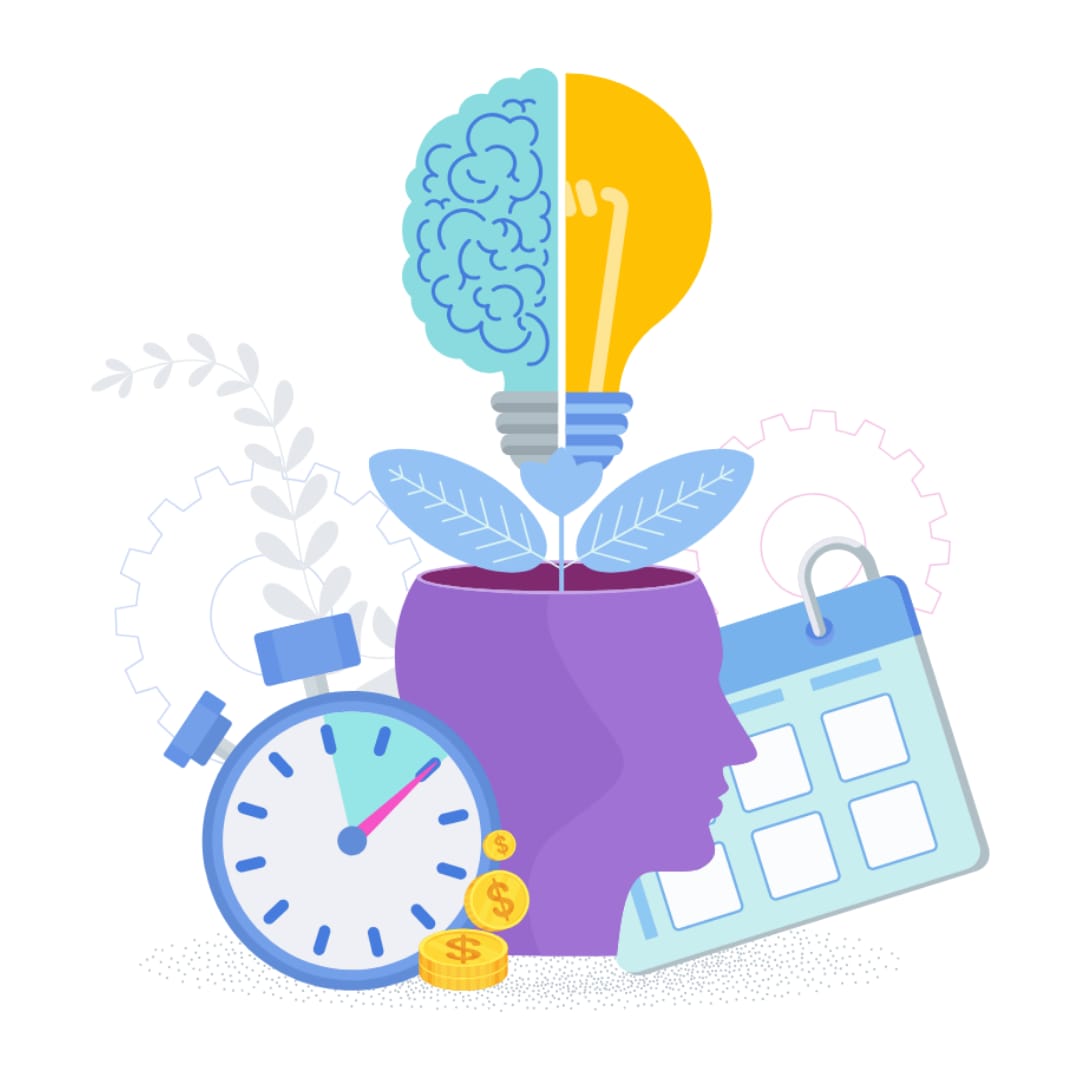

Quantitative Skills and Basic Maths
(Age: 8years and above)
The Introduction to Quantitative Skills for Kids course aims to equip young learners with foundational quantitative skills necessary for their academic and personal development. Through interactive lessons, practical exercises, and engaging activities, students will explore basic mathematical concepts, statistical principles, and problem-solving techniques in a fun and accessible manner.
Student Benefits
- Academic Success: Improved mathematical and analytical skills that will benefit students in their academic studies.
- Critical Thinking: Enhanced problem-solving and critical thinking abilities essential for future academic and professional pursuits.
- Confidence: Increased confidence in approaching quantitative challenges and tasks.
- Life Skills: Development of skills applicable in various real-world scenarios, fostering independence and adaptability.
- Fun Learning: Enjoyable and engaging learning experience that sparks curiosity and enthusiasm for quantitative subjects.
The Foundation Course of Coding for kids introduces fundamental programming concepts through interactive lessons. It fosters problem-solving skills, logic, and creativity, preparing young learners for advanced coding endeavours.
Course Structure
Absolutely, let’s further expand the curriculum to include additional topics such as interest, time and work, permutations and combinations, cubes, and basic trigonometry:
Week 1-2: Introduction to Numbers and Operations
- Session 1: Understanding Numbers
- Introduction to numbers: counting, cardinality, and number recognition.
- Interactive counting games and activities.
- Session 2: Basic Arithmetic Operations
- Addition and subtraction: understanding the concept through manipulatives.
- Introduction to basic addition and subtraction problems.
- Session 3: Multiplication and Division
- Exploring multiplication as repeated addition.
- Introduction to basic multiplication and division problems.
Week 3-4: Introduction to Measurement
- Session 4: Units of Measurement
- Exploring different units of measurement: length, weight, volume, and time.
- Hands-on measurement activities using rulers, scales, measuring cups, and clocks.
- Session 5: Measuring and Comparing Objects
- Practicing measurement skills by measuring and comparing objects.
- Introduction to concepts of length, weight, and volume comparison.
- Session 6: Conversion and Estimation
- Introduction to basic conversions between units of measurement.
- Estimation techniques for measurements.
Week 5-6: Introduction to Data and Graphs
- Session 7: Collecting and Organizing Data
- Understanding data: what it is and how it’s collected.
- Hands-on activities collecting data from classmates or objects.
- Session 8: Basic Graphs
- Introduction to bar graphs, line graphs, and pictograms.
- Creating simple graphs to represent collected data.
- Session 9: Analyzing Data
- Learning to interpret data represented in graphs.
- Identifying trends and patterns in data sets.
Week 7-8: Introduction to Probability and Statistics
- Session 10: Understanding Probability
- Introduction to probability: what it means and its importance.
- Fun probability experiments and games.
- Session 11: Probability and Outcomes
- Understanding different outcomes and their likelihood.
- Calculating simple probabilities.
- Session 12: Introduction to Statistics
- Basic statistical concepts: mean, median, mode, and range.
- Hands-on activities to calculate and interpret statistics.
Week 9-10: Introduction to Additional Quantitative Concepts
- Session 13: Introduction to Interest
- Understanding simple interest: what it is and how it’s calculated.
- Exploring scenarios involving interest calculations.
- Session 14: Time and Work
- Introduction to the concept of time and work.
- Solving problems involving time and work relationships.
- Session 15: Permutations and Combinations
- Introduction to permutations and combinations.
- Exploring scenarios involving arrangements and selections.
- Session 16: Introduction to Cubes
- Exploring basic cube concepts: volume, surface area, and edges.
- Hands-on activities to visualize and understand cube properties.
- Session 17: Basic Trigonometry
- Introduction to basic trigonometric concepts: angles, sine, cosine, and tangent.
- Exploring trigonometric ratios through visual aids and simple problems.
Teaching Methodology
- Hands-on Activities: Engage students with hands-on activities and games to make learning fun and memorable.
- Visual Aids: Utilize visual aids such as charts, graphs, and manipulatives to enhance understanding.
- Interactive Learning: Encourage participation through discussions, group activities, and peer-to-peer learning.
- Real-World Applications: Incorporate real-world examples and scenarios to demonstrate the practical relevance of quantitative skills.
- Personalized Attention: Provide individualized support and feedback to ensure each student’s needs are met.
Duration
- 8 weeks (2 months)
Schedule and Pricing
- Classes held twice a week, each session lasting 1.5 hours.
- Each session includes a mix of interactive lectures, group activities, and hands-on exercises.
- Weekly assignments and quizzes to assess understanding and reinforce learning.
- Final project to apply learned concepts in a real-world scenario.
- Course Fee: 2000INR for the entire 8-week program.